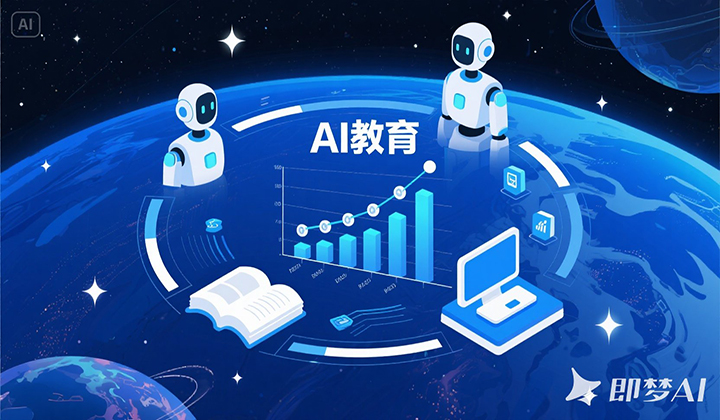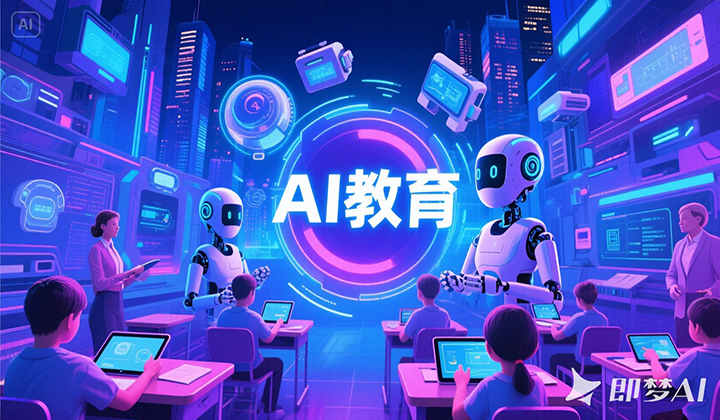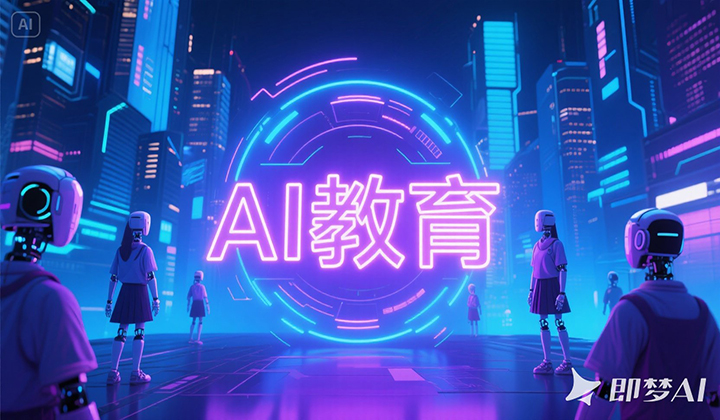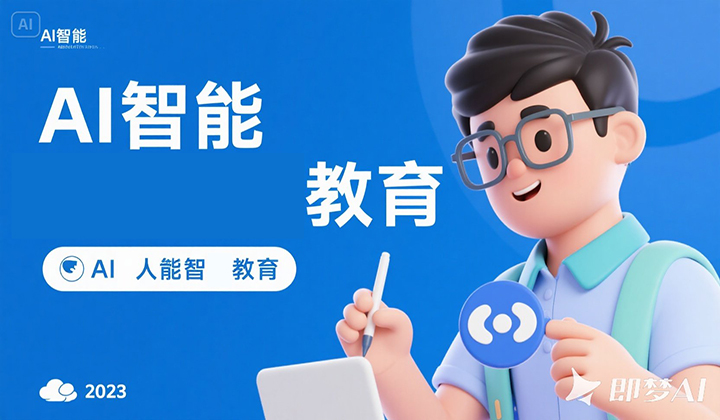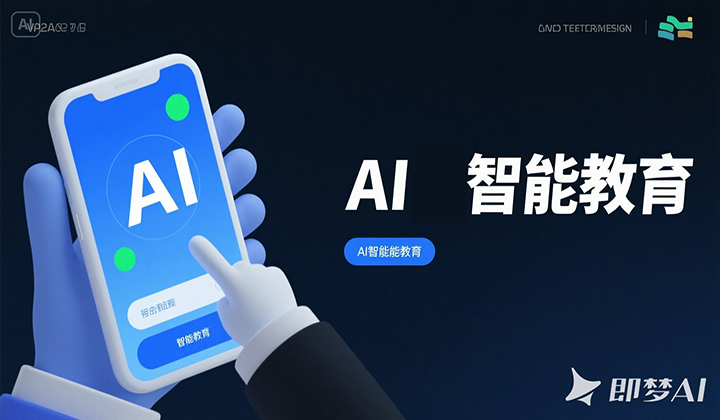Exploring the Application Directions of AI Enlightenment Education
In an era where artificial intelligence (AI) is transforming industries and reshaping our daily lives, AI enlightenment education emerges as a critical area that holds immense potential for nurturing future generations. The application directions of AI enlightenment education are vast and varied, encompassing everything from early childhood development to professional training and lifelong learning. This article delves into some of the most promising application areas of AI enlightenment education, highlighting its impact on society and the economy.
1. Early Childhood and Primary Education: Cultivating Digital Natives
One of the foremost applications of AI enlightenment education lies in early childhood and primary school settings. By introducing young learners to basic concepts of AI through interactive games, storytelling, and hands-on projects, educators can foster a deep understanding of technology from an early age. For example, simple coding exercises or building robots can help children develop logical thinking skills and creativity. Moreover, these activities demystify AI, making it accessible and exciting rather than intimidating. Such early exposure lays a solid foundation for more advanced studies in STEM fields later on, ensuring that today’s children become tomorrow’s digital natives.
2. Secondary Education: Bridging Theory with Practice
As students progress to secondary education, AI enlightenment education can serve as a bridge between theoretical knowledge and practical application. Incorporating AI-related subjects into high school curricula allows students to explore topics such as machine learning, data science, and robotics in greater depth. Project-based learning becomes particularly effective at this stage, encouraging students to apply what they have learned to solve real-world problems. For instance, students could work on projects aimed at improving local traffic management systems or developing apps that assist people with disabilities. These experiences not only enhance technical skills but also cultivate problem-solving abilities and teamwork.
3. Higher Education and Vocational Training: Preparing Future Professionals
Higher education institutions and vocational training centers play a crucial role in preparing students for careers in AI-related fields. By offering specialized courses and certifications in AI technologies, universities and colleges equip learners with the knowledge and skills needed to thrive in the job market. Additionally, partnerships between educational institutions and industry leaders provide valuable internship opportunities and mentorship programs. These collaborations ensure that students gain practical experience and stay abreast of the latest trends and innovations in AI. Furthermore, interdisciplinary approaches that combine AI with other disciplines like healthcare, finance, and environmental science prepare graduates to tackle complex global challenges.
4. Lifelong Learning and Professional Development: Adapting to a Changing World
AI enlightenment education is not confined to formal schooling; it extends throughout one’s career as part of lifelong learning and professional development. As AI continues to evolve, professionals across various sectors need to continuously update their skills to remain competitive. Online platforms, workshops, and conferences offer flexible learning options that cater to diverse needs and schedules. For example, business executives may benefit from courses on AI ethics and governance, while engineers might focus on advanced machine learning techniques. Embracing a culture of continuous learning ensures that individuals can adapt to technological advancements and contribute meaningfully to their respective fields.
5. Community Outreach and Inclusion: Democratizing Access to AI Knowledge
Lastly, AI enlightenment education has a vital role to play in promoting inclusivity and democratizing access to AI knowledge. Initiatives aimed at underprivileged communities, rural areas, and developing countries help bridge the digital divide by providing resources and support for AI education. Non-profit organizations, tech companies, and governments collaborate to create accessible online courses, mobile apps, and community workshops that make AI learning available to all. By empowering marginalized groups with AI literacy, we can foster innovation and drive economic growth in previously underserved regions.
In conclusion, the application directions of AI enlightenment education are multifaceted and far-reaching. From cultivating young minds in elementary schools to equipping professionals with cutting-edge skills, AI enlightenment education prepares individuals to navigate and shape the future. By embracing these diverse applications, we can harness the power of AI to build a smarter, more equitable world.







